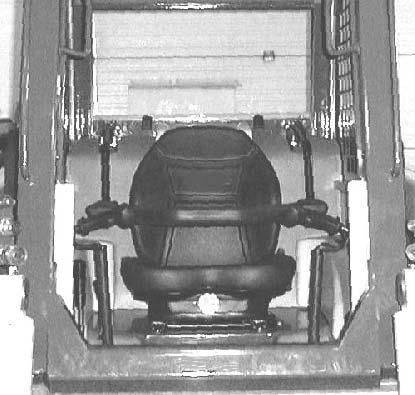
1 minute read
Common Materials and Densities
Note: The densities listed are average values and intended only as a guide for bucket selection. For a material that is not in the table, obtain its density value before selecting the appropriate bucket.
Bucket Selection
To use the table, find the material to be loaded and read its maximum density. Then multiply the volumetric rating of the attachment by the material density to determine if the attachment can safely be used. See page for a listing of attachments and their load ratings.
Note: Where the material density is listed as a range (clay at 80-100lbs/ft3, for example), always use the maximum density (100 lbs/ft3 in this example) for making calculations. Also, see the following examples.
Example 1: If clay (density of 80-100lbs/ft3) is to be hauled using a SL4840model loader using a 10.8 ft3 Dirt/Construction bucket, the bucket capacity is 10.8 ft3 and the loader rating is 1700 lbs. Multiply the density of clay (100lbs/ft3) by the capacity of the bucket (10.8 ft3) to achieve the weight to be carried (100 lbs/ft3 x 10.8 ft3 = 1080 lbs). This number is less than the machine rating, allowing safe use of this bucket in this application.
Example 2: If granite (density of 1488-1776kg/m3) is to be hauled using a SL5640 model loader using a 0.43 m3 Dirt/Construction bucket, the bucket capacity is 0.43 m3 and the loader rating is 907 kg. Multiply the density of granite (1776 kg/m3) by the capacity of the bucket (0.43 m3) to achieve the weight to be carried (1776 kg/m3 x 0.43 m3 = 763.7 kg). This number is less than the machine rating, allowing safe use of this bucket in this application.



